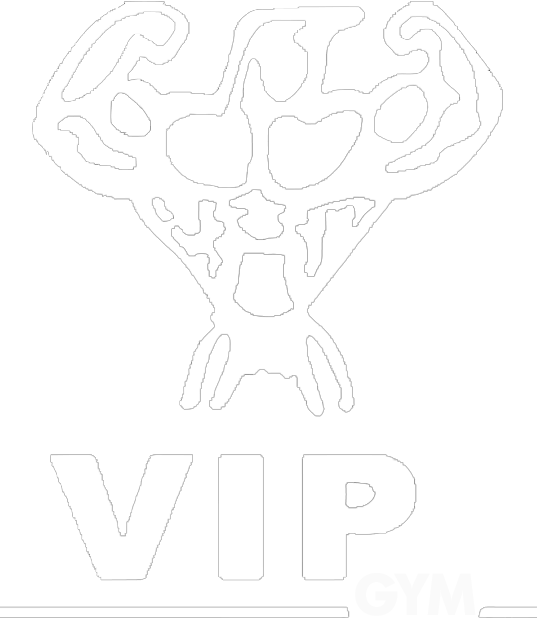Workout
Home » Workout
Why Workout Important?
- Improves Physical Health: Regular workouts improve heart health, boost circulation, strengthen muscles, and increase bone density. They also reduce the risk of chronic conditions like diabetes, hypertension, and obesity.
- Boosts Mental Health: Exercise promotes the release of endorphins, the “feel-good” hormones that can reduce stress, anxiety, and depression.
- Increases Energy Levels: Working out regularly can increase stamina and energy levels, making daily activities easier and reducing feelings of fatigue.
- Enhances Body Composition: Regular exercise helps to reduce body fat and build lean muscle mass, improving overall body composition.
- Improves Sleep: Regular physical activity can lead to better, more restful sleep.
Types of Workouts
There are many types of workouts depending on your fitness goals. Here are a few common types:1. Cardio Workouts
These exercises are designed to increase your heart rate and improve cardiovascular fitness.- Examples: Running, cycling, swimming, jumping rope, brisk walking, HIIT (High-Intensity Interval Training).
- Benefits: Burns calories, improves heart health, boosts metabolism, increases stamina.
2. Strength Training Workouts
These exercises target muscle groups to increase strength and muscle mass.- Examples: Weightlifting, bodyweight exercises (push-ups, squats, lunges), resistance band exercises.
- Benefits: Builds muscle, strengthens bones, boosts metabolism, improves functional strength.
3. Flexibility and Mobility Workouts
These exercises focus on improving flexibility, range of motion, and mobility.- Examples: Yoga, Pilates, dynamic stretching, static stretching.
- Benefits: Improves flexibility, reduces muscle tightness, prevents injury, promotes relaxation.
4. Balance and Stability Workouts
These exercises improve balance and coordination, which are important for overall fitness and injury prevention.- Examples: Balance exercises, stability ball exercises, yoga poses, single-leg exercises.
- Benefits: Enhances coordination, stabilizes joints, prevents falls, and improves posture.
How to Structure a Workout
A balanced workout routine should target various components of fitness. Here’s a general structure for a well-rounded workout:1. Warm-Up (5–10 minutes)
- Purpose: Prepare your body for exercise, increase blood flow, and reduce the risk of injury.
- Activities: Light cardio (e.g., brisk walking or jogging) and dynamic stretching (e.g., leg swings, arm circles).
2. Main Workout (30–45 minutes)
- Strength Training: Focus on different muscle groups each day (e.g., upper body, lower body, full body). Include compound exercises (e.g., squats, deadlifts, bench press) and isolation exercises (e.g., bicep curls, leg extensions).
- Cardio: For cardiovascular health, do moderate-intensity exercise (e.g., running, cycling) or high-intensity intervals.
- Flexibility: Include static stretching or yoga at the end of your workout to improve flexibility and relax muscles.
3. Cool-Down (5–10 minutes)
- Purpose: Lower your heart rate, reduce muscle tension, and help prevent soreness.
- Activities: Light cardio (e.g., walking) and static stretching (holding stretches for 20-30 seconds).
Sample Workout Plan (3 Days/Week)
Here’s an example of a balanced workout plan that combines strength, cardio, and flexibility:- Day 1: Full Body Strength Workout
- Warm-up: 5-10 minutes of light cardio (e.g., jogging or cycling)
- Squats: 3 sets of 10 reps
- Bench Press: 3 sets of 8–10 reps
- Bent-Over Rows: 3 sets of 10 reps
- Plank: 3 sets of 30 seconds
- Cool-down: Static stretching (hamstrings, quads, shoulders)
- Day 2: Cardio and Core
- Warm-up: 5-10 minutes of light cardio
- 20-30 minutes of moderate-intensity cardio (e.g., cycling or running)
- Russian Twists: 3 sets of 20 reps
- Leg Raises: 3 sets of 15 reps
- Side Plank: 3 sets of 30 seconds per side
- Cool-down: Light stretching
- Day 3: Upper Body Strength Workout
- Warm-up: 5-10 minutes of light cardio
- Pull-ups or Lat Pulldown: 3 sets of 8–10 reps
- Shoulder Press: 3 sets of 10 reps
- Tricep Dips: 3 sets of 10 reps
- Dumbbell Bicep Curls: 3 sets of 12 reps
- Cool-down: Static stretching (arms, shoulders, back)
Tips for Effective Workouts
- Set Clear Goals: Know what you want to achieve (e.g., weight loss, muscle gain, increased endurance) and tailor your workouts to that goal.
- Listen to Your Body: Rest if you’re feeling fatigued or in pain. Overtraining can lead to injury.
- Mix It Up: Vary your workouts to prevent boredom and plateaus. Try different exercises and workout types.
- Stay Consistent: Results take time, so stick to your workout routine for several weeks.
- Prioritize Recovery: Get enough sleep, stay hydrated, and fuel your body with proper nutrition to support your workouts and recovery.
Nutrition for a Successful Workout Routine
- Protein: Helps muscle repair and growth. Aim for protein-rich foods like chicken, eggs, tofu, and legumes.
- Carbohydrates: Provide energy for your workouts. Include whole grains, fruits, and vegetables.
- Fats: Support joint health and energy production. Include healthy fats from sources like nuts, seeds, and avocados.
- Hydration: Drink plenty of water before, during, and after your workout to maintain performance and prevent dehydration.
